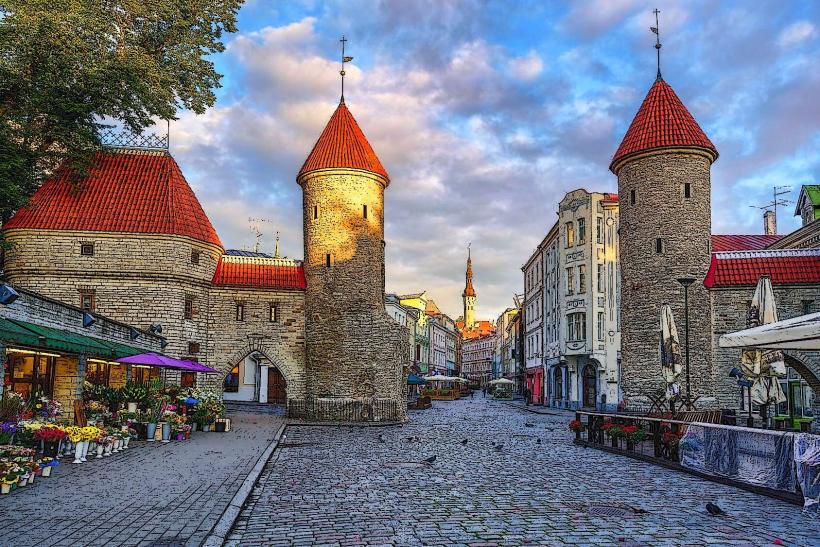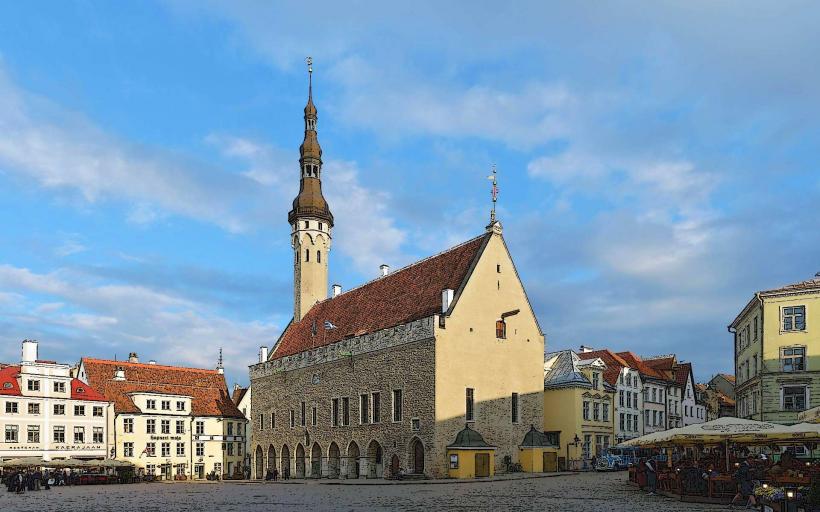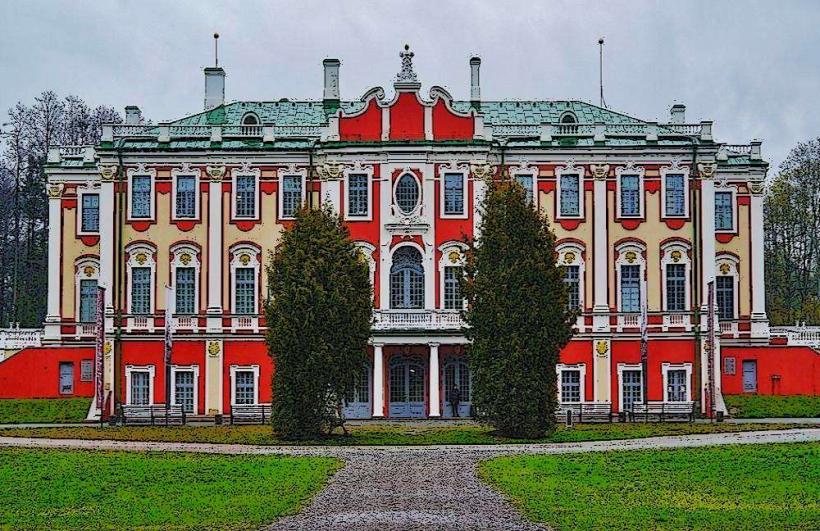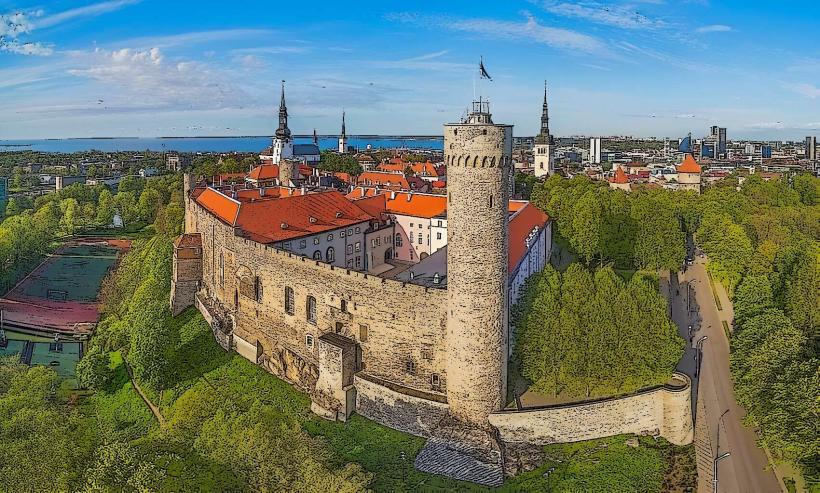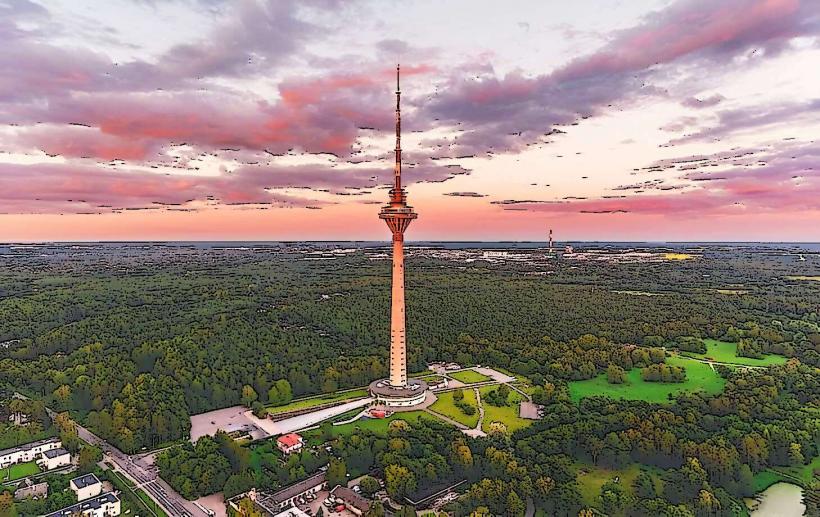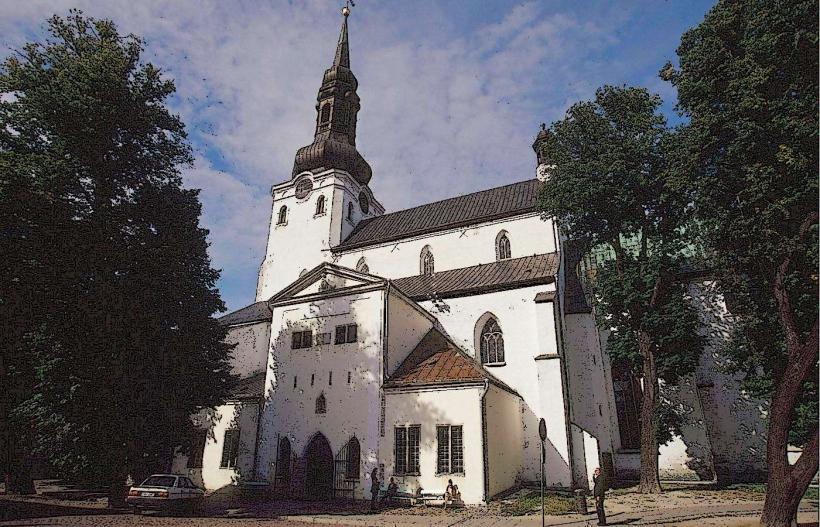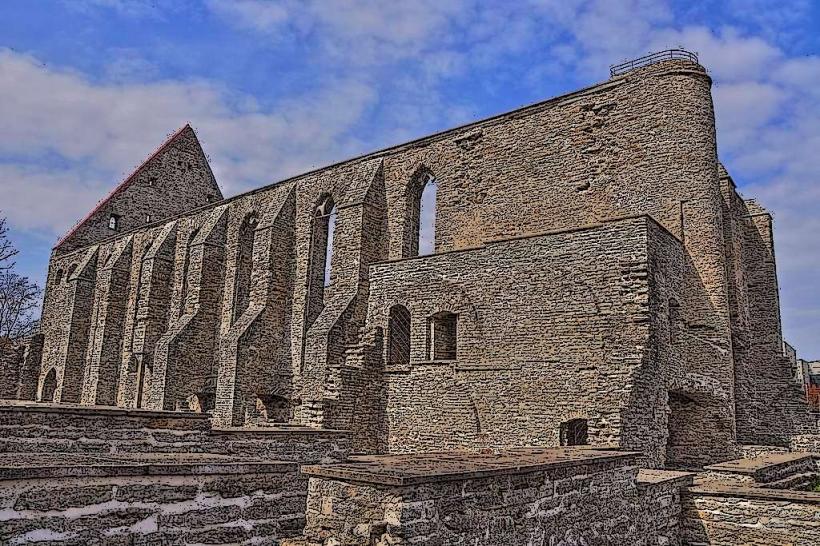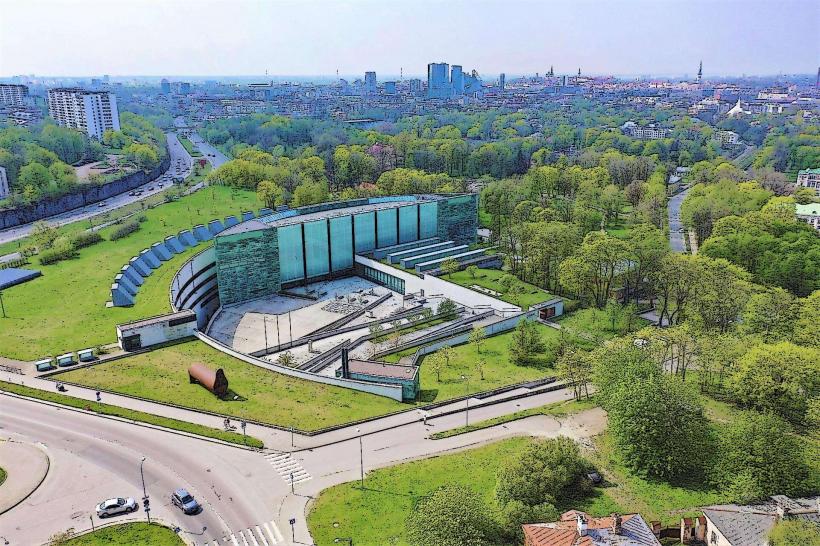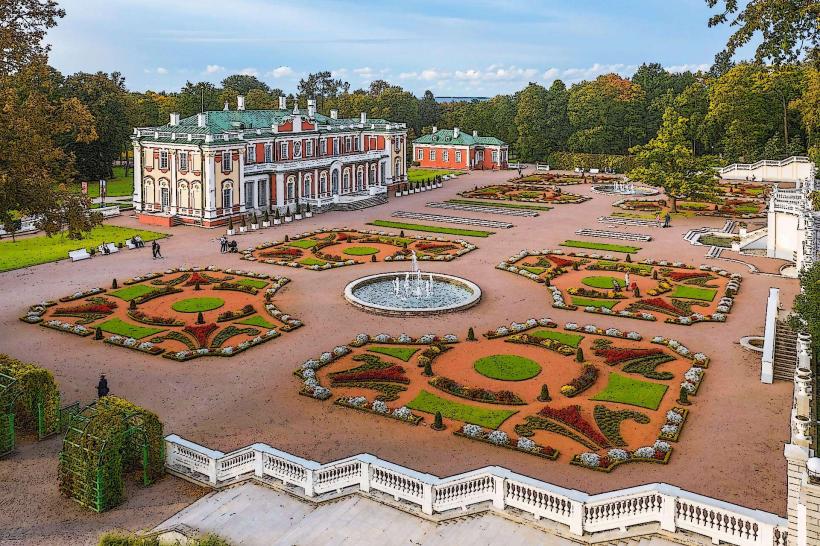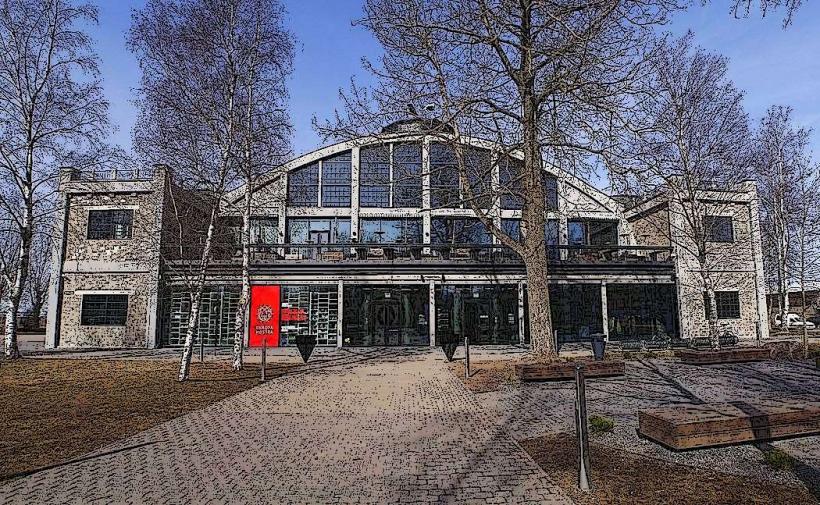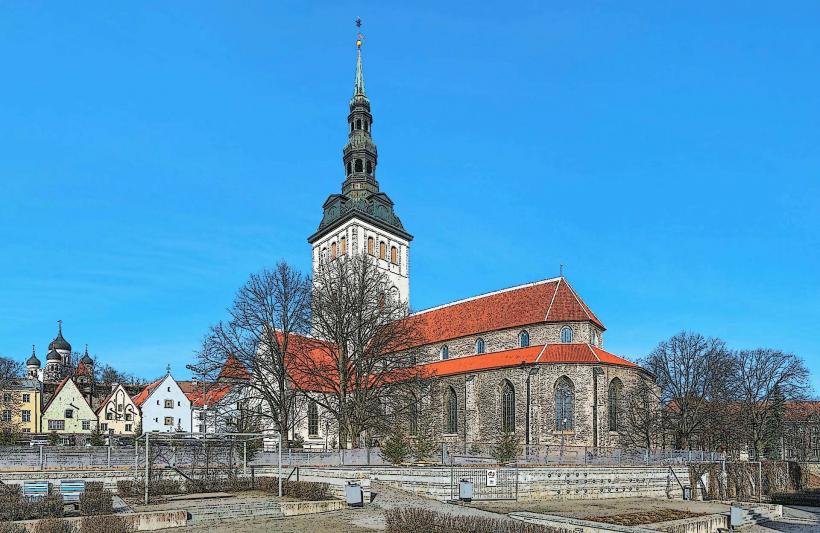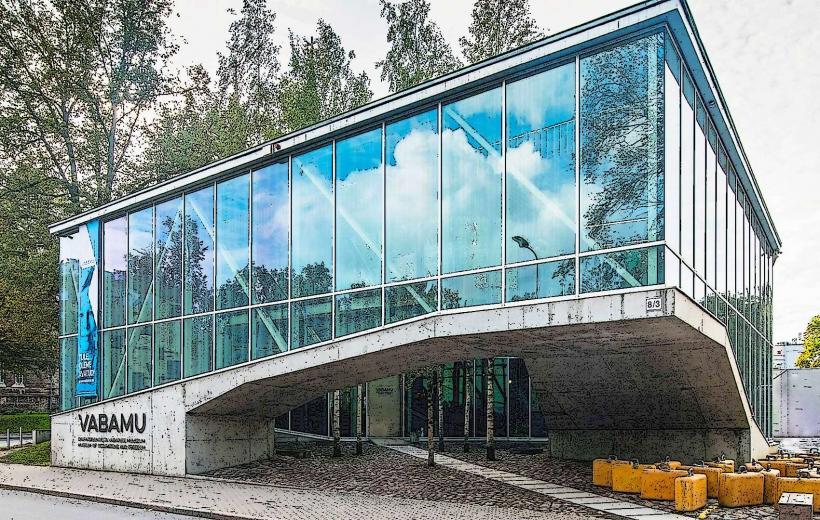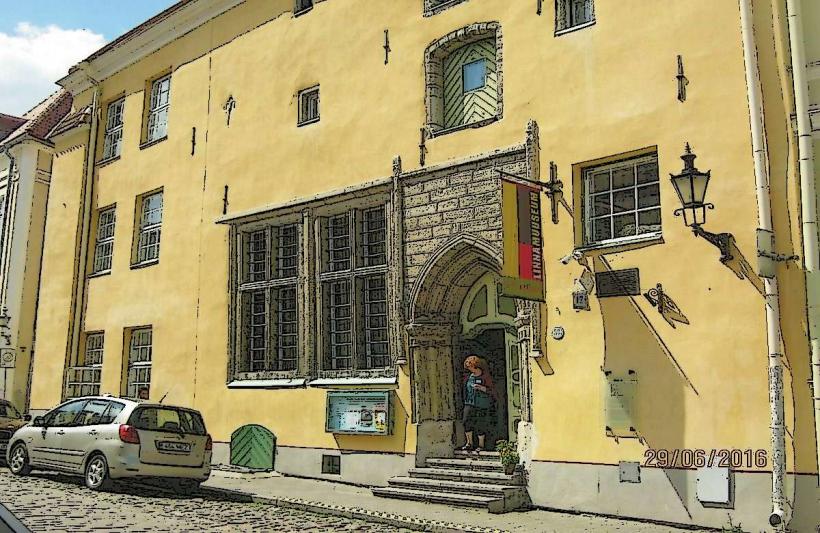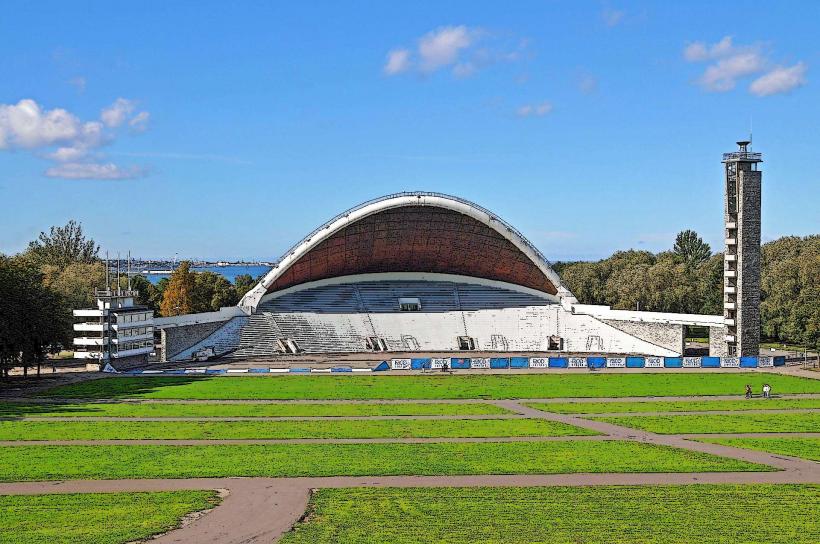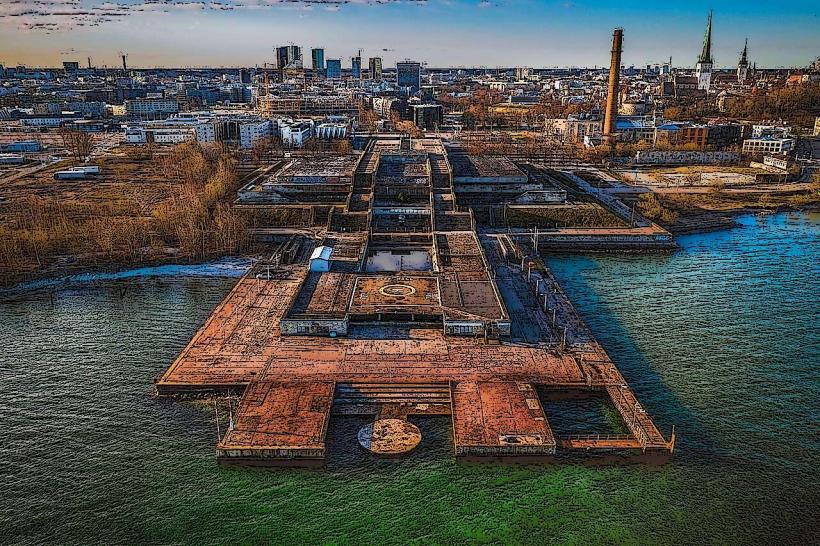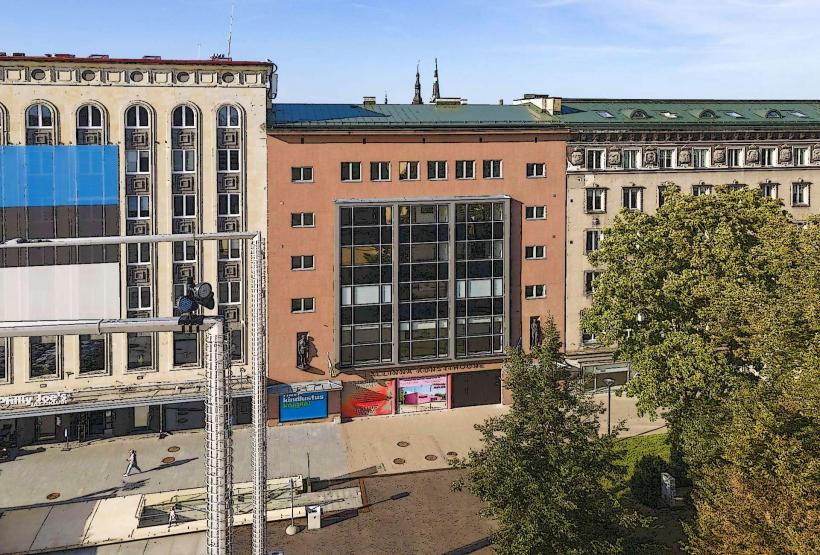Information
Landmark: Tallinn Railway StationCity: Tallinn
Country: Estonia
Continent: Europe
Tallinn Railway Station (Tallinna Raudteejaam) is the primary railway station in Tallinn, Estonia, and one of the key transportation hubs in the country. It serves as the starting point for trains traveling both within Estonia and to international destinations, including neighboring countries like Latvia and Russia. Over the years, the station has become an important landmark in the city, combining both historical significance and modern functionality. Here's a detailed overview of Tallinn Railway Station:
Historical Background
Opening and Early Years:
- The original Tallinn Railway Station was opened in 1870 as part of the Saint Petersburg–Warsaw Railway (also known as the Peterburg-Warsaw Railway). This railway line connected the Russian Empire with central Europe, significantly improving transportation and trade.
- The station was initially a small, functional building, but its importance grew over the years as Tallinn became a central point on the railway route between Russia and Western Europe.
Architectural Development:
- The first station building, designed in the 19th century, was later replaced and expanded, particularly during the Soviet era when Tallinn became a key city in the USSR’s railway network.
- The current station building, built in the 1960s, is characterized by Soviet-style architecture, reflecting the utilitarian and grandiose design principles of the time. The building features a blend of brutalist and modernist elements, with large windows and broad, open spaces that reflect the scale and ambition of Soviet-era infrastructure.
Recent Renovations:
- In recent decades, Tallinn Railway Station has undergone significant renovations to modernize its facilities while preserving its historical character. The station has been updated to meet the growing demand for more comfortable and efficient transport options.
- The Renovation of the Terminal Area: In 2010, the station underwent an extensive renovation to improve the interior, including the addition of modern amenities such as new ticketing systems, improved waiting areas, and better connections to the city’s public transportation network.
Facilities and Services
Train Services:
- Tallinn Railway Station serves as the main hub for both local and international train travel. It operates routes across Estonia, connecting Tallinn with major cities like Tartu, Pärnu, and Narva, as well as smaller towns and regions in the country.
- Internationally, Tallinn is connected by rail to Saint Petersburg and Moscow in Russia, as well as to Riga in Latvia. The station is also a stop for trains traveling to Berlin and other European destinations, though the international network has been less extensive since the dissolution of the Soviet Union.
Facilities and Amenities:
- Ticketing and Information: The station has modern ticketing kiosks and a centralized ticket office where passengers can purchase tickets for domestic and international routes. Information boards display up-to-date schedules and platform information.
- Waiting Areas: The station features comfortable waiting areas for passengers, with plenty of seating and amenities such as free Wi-Fi, cafes, and shops.
- Transportation Links: The station is well-connected to Tallinn’s public transportation system. Visitors can easily transfer to buses or trolleys that provide access to the rest of the city and surrounding areas.
- Accessibility: The station is designed to be accessible for people with disabilities, with ramps, elevators, and other facilities that make it easy to navigate for all travelers.
Passenger Services:
- In addition to train services, the station offers several services for the comfort of travelers, including baggage storage, ATM machines, and currency exchange counters.
- There are cafés and small shops within the station, allowing passengers to grab a snack or do some last-minute shopping before their journey.
- Car Parking: The station offers ample parking spaces for those who drive to the station, as well as connections to taxi services and ride-sharing apps.
International Connections:
- Tallinn Railway Station is part of the Baltic Railway Network, and it facilitates international travel, particularly to Russia and Latvia. Trains from Tallinn to Saint Petersburg and Moscow are regular, making the station a key point for those traveling to and from Russia.
- As of recent years, the station has been part of discussions surrounding high-speed rail links that could connect Tallinn to Helsinki in Finland, via an undersea tunnel, which would significantly improve travel options across the Baltic Sea.
Architectural and Cultural Significance
Soviet-era Influence:
- The current station building is a product of Soviet-era architecture, which is evident in its brutalist design, large-scale layout, and functional layout. The station was designed to accommodate the needs of the growing urban population and the demands of a Soviet transport hub.
- The tower in the center of the station is one of its most prominent features, rising above the station and providing a sense of scale. It is a notable example of the large, imposing architectural style that dominated Soviet infrastructure.
Cultural Significance:
- Tallinn Railway Station has always been a place where different cultures converge. It has historically been a meeting point for people traveling across borders, from Western Europe to Russia and the rest of the Soviet Union.
- The station has become an iconic part of Tallinn’s cityscape and is frequently featured in photographs and travel documentaries as a symbol of Tallinn’s place in the Baltic region.
City Integration:
- The station is a vital part of Tallinn’s transport network and a key point of integration with the rest of the city. Its location near the city center makes it easy for passengers to access other parts of Tallinn, whether they are visiting the Old Town, the port, or the modern districts to the north and west.
- It is also a central point for tourism, with the station being a starting point for visitors arriving by train to explore Tallinn and its historical sites, museums, and cultural offerings.
Future Developments
Tallinn–Helsinki Rail Link:
- One of the major future projects related to Tallinn Railway Station is the Tallinn–Helsinki rail link, which aims to connect Tallinn and Helsinki via a high-speed train. The proposed project, known as the FinEst Link or Rail Baltica, would make Tallinn a key point on the future rail network connecting Finland and the Baltic States.
- This project is expected to enhance Tallinn’s role as a transport hub in Northern Europe, with potential to further boost tourism and trade between the countries involved.
Modernization of Facilities:
- The station is expected to undergo further modernization to improve its capacity and functionality in the face of growing demand for train services. This includes expanding platforms, enhancing accessibility, and upgrading digital services to improve the passenger experience.
- The development of new transport connections, including light rail and improved bus systems, will further integrate the station with Tallinn’s wider public transport network.
Why Visit Tallinn Railway Station?
Historical Landmark: As one of the most important landmarks in Tallinn, the station provides a glimpse into the city’s development over the years, particularly its growth during the 19th century and the Soviet era.
Gateway to Tallinn: For visitors arriving in Tallinn by train, the station is the primary entry point into the city and provides easy access to the rest of the capital and beyond.
Convenient Transportation Hub: The station offers excellent connections to other parts of Tallinn, including the Old Town, port, and public transport systems, making it a central point in Tallinn’s infrastructure.
Cultural and Architectural Interest: The station is an example of Soviet-era architecture, with its imposing design and historical importance offering insight into the city’s past.
In summary, Tallinn Railway Station is more than just a transportation hub. It is a historical landmark that reflects Tallinn's development over time, offering both functional services for travelers and a glimpse into the past. Whether you are arriving in Tallinn by train or simply interested in the city’s infrastructure, the station is a key point in the urban landscape of Estonia’s capital.

